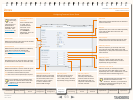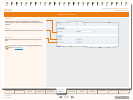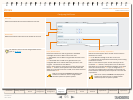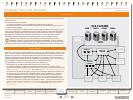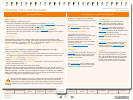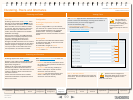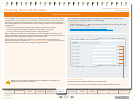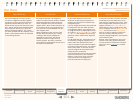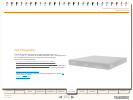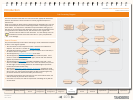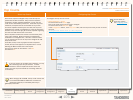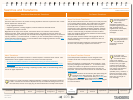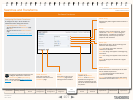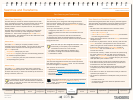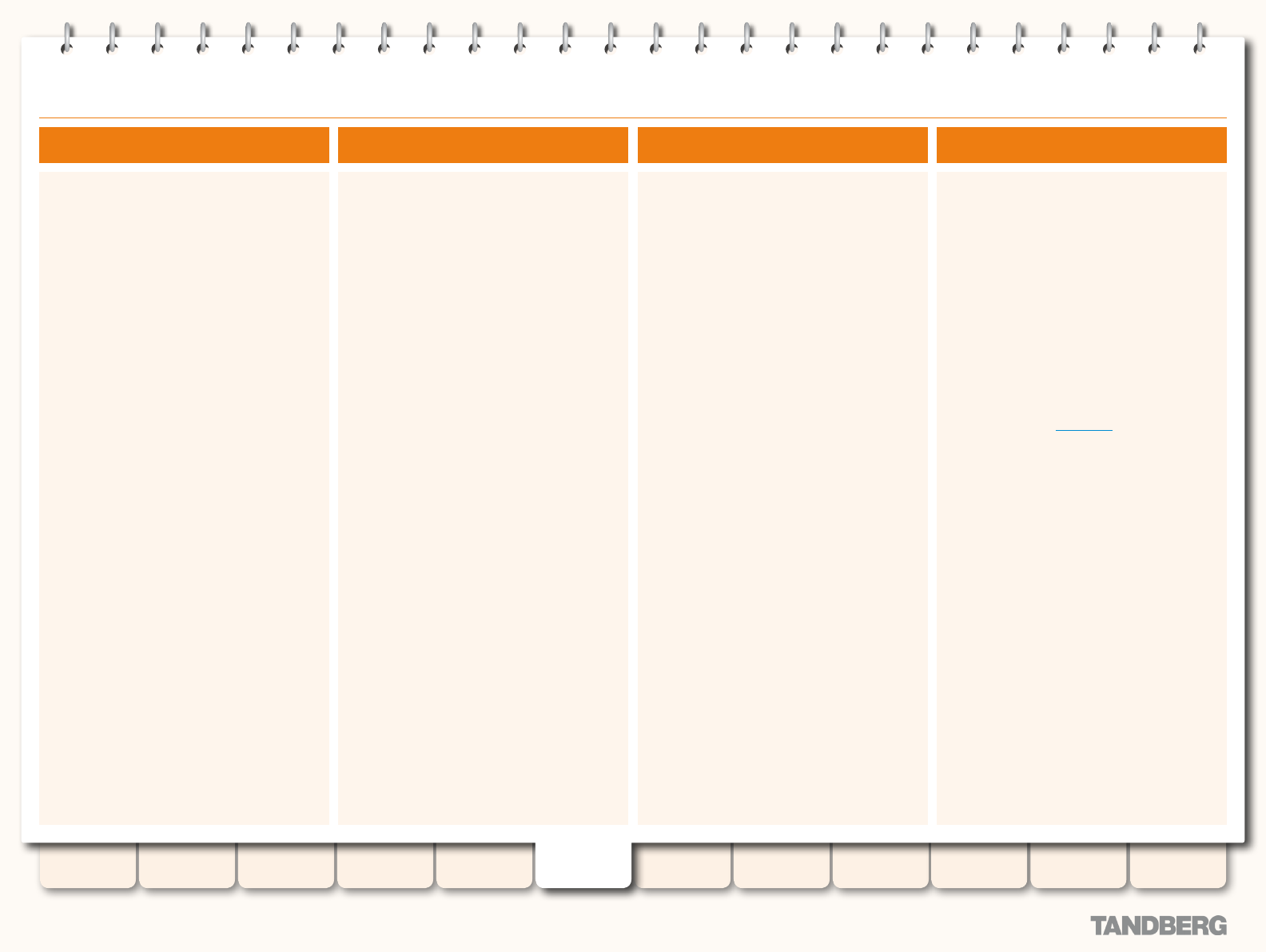
101
D14049.04
JULY 2008
Grey Headline (continued)
TANDBERG VIDEO COMMUNICATIONS SERVER
ADMINISTRATOR GUIDE
Introduction Getting Started
Overview and
Status
System
Conguration
VCS
Conguration
Zones and
Neighbors
Call
Processing
Bandwidth
Control
Firewall
Traversal
Appendices
Applications Maintenance
Dial Plans
As you start deploying more than one VCS,
it is useful to neighbor the systems together
so that they can query each other about their
registered endpoints. Before you start, you
should consider how you will structure your dial
plan. This will determine the aliases assigned
to the endpoints, and the way in which the
VCSs are neighbored together. The solution
you chose will depend on the complexity of your
system. Some possible options are described
in the following sections.
About Dial Plans Flat Dial Plan Structured Dial Plan Hierarchical Dial Plan
The simplest approach is to assign each
endpoint a unique alias and divide the endpoint
registrations between the VCSs. Each VCS
is then congured with all the other VCS as
neighbor zones. When one VCS receives a call
for an endpoint which is not registered with it,
it will send out a Location Request to all the
other neighbor VCSs.
Whilst conceptually simple, this sort of at
dial plan does not scale very well. Adding
or moving a VCS requires changing the
conguration of every VCS, and one call
attempt can result in a large number of
location requests. This option is therefore
most suitable for a deployment with just one or
two VCSs and its Alternates.
An alternative deployment would use a
structured dial plan whereby endpoints are
assigned an alias based on the system they
are registering with.
If you are using E.164 aliases, each VCS would
be assigned an area code. When the VCSs
are neighbored together, each neighbor zone
is congured with its corresponding area code
as a prex (i.e. a Match Mode of Pattern and a
Type of Prex). That neighbor will now only be
queried for calls to numbers which begin with
its prex.
In a URI based dial plan, similar behavior may
be obtained by conguring neighbors with a
sufx to match the desired domain name.
It may be desirable to have endpoints register
with just the subscriber number -- the last part
of the E.164 number. In that case, the VCS
could be congured to strip prexes before
sending the query to that zone.
A structured dial plan will minimize the number
of queries issued when a call is attempted.
However, it still requires a fully connected
mesh of all VCSs in your deployment. A
hierarchical dial plan can simplify this.
In this type of structure one VCS is nominated
as the Directory for the deployment, and all
other VCSs are neighbored with it alone. Each
VCS is congured with the Directory VCS as a
neighbor zone with a Match Mode of Always,
and the Directory VCS is congured with each
VCS as a neighbor zone with a Match Mode of
Pattern and its prex as the Pattern String.
There is no need to neighbor the VCSs with
each other. Adding a new VCS now only
requires changing conguration on that system
and the Directory VCS.
However, failure of the Directory VCS in this
situation could cause signicant disruption
to communications. Consideration should be
given to the use of Clustering for increased
resilience.



